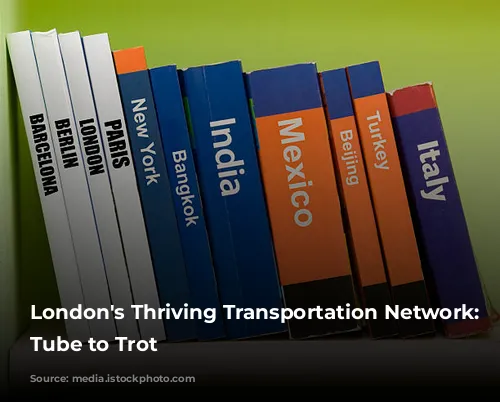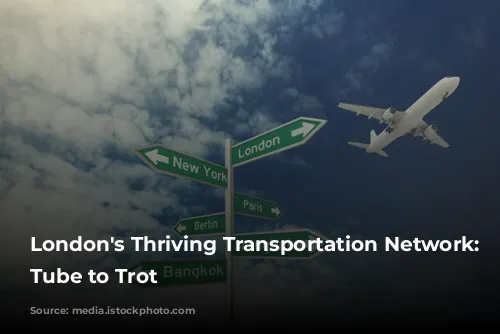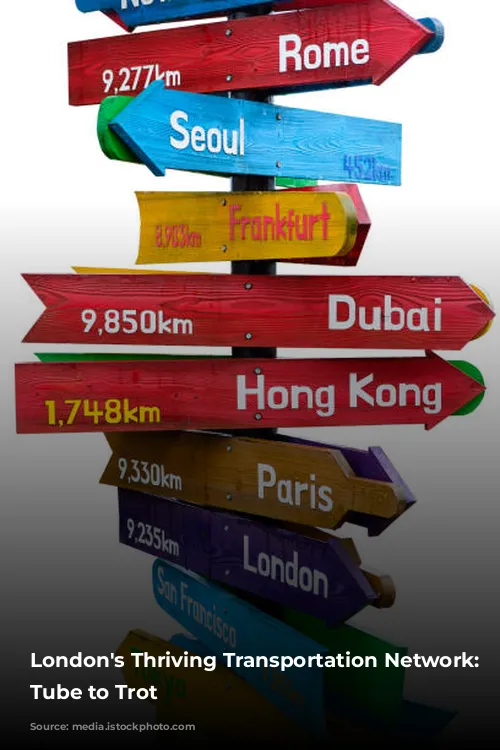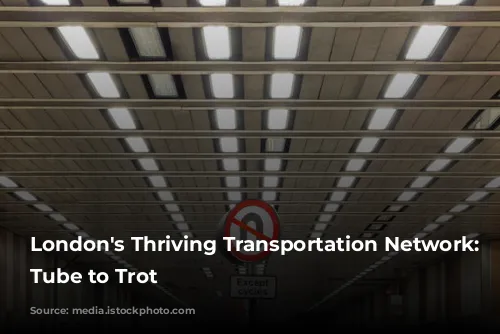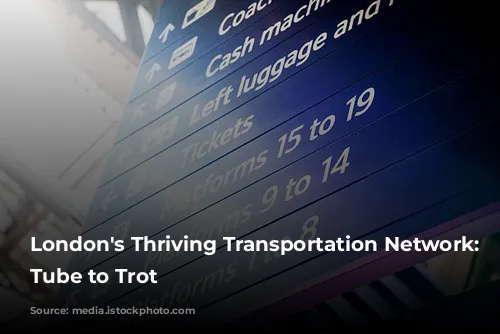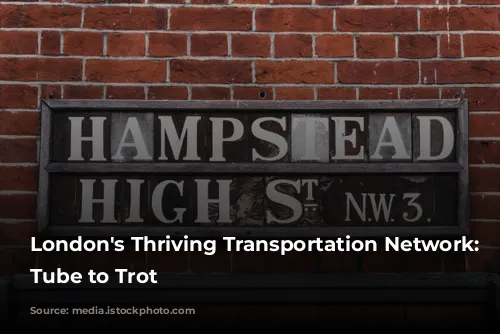London is a city that effortlessly blends historical charm with modern convenience, and its public transportation system is a prime example of this. Getting around London is a breeze; you can easily navigate the city without relying on a car or ride-sharing services.

Public Transportation: Your Gateway to Exploration
To find your way, simply open Google Maps and enter your starting point and destination. By tapping the public transportation icon, you’ll be presented with all the available Tube and bus routes, complete with departure and arrival times.
Walking is another excellent way to experience London’s vibrant atmosphere. Whether you’re strolling along bustling streets or exploring quieter neighborhoods, you’ll be surrounded by fellow pedestrians. Even as a solo female traveler, I felt completely safe walking around London, and I highly recommend it.
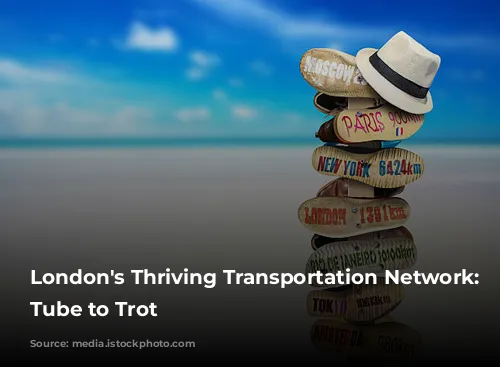
Navigating London’s Fare System: Oyster Cards, Contactless Payments, and Travelcards
London’s public transportation system offers a variety of payment options to suit every traveler’s needs.
Oyster Cards are a convenient and widely-used method for paying for journeys on the Tube, buses, and trains. You can purchase an Oyster Card at any Tube station.
Contactless payments, using your credit card or digital wallet, are now widely accepted on London’s public transportation. This eliminates the need for an Oyster Card altogether and offers the same benefits, including a daily cap on fares.
Travelcards are prepaid cards that offer unlimited travel within designated zones in London. If you plan on spending seven or more days in London, a 7-day Travelcard can save you money. However, if you’re staying for a shorter duration, an Oyster Card or contactless payment might be more cost-effective.
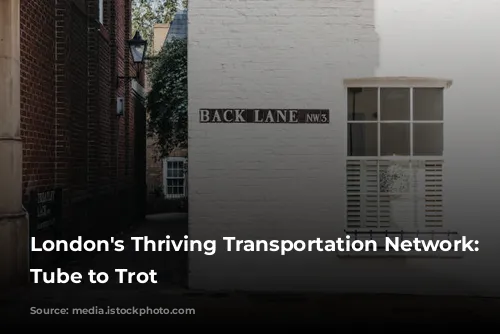
London’s Iconic Tube: A Journey Through Time
The London Underground is affectionately known as “the Tube” and holds the title of being the world’s oldest subway system. Founded in 1863, it’s a fast and efficient way to get around London. While the Tube has undergone numerous upgrades, many stations remain inaccessible to wheelchair users. Accessible stations are clearly marked with the International Symbol of Access (ISA) on the Tube map.
Before entering a Tube station, you’ll need to tap your Oyster Card, contactless credit card, or digital wallet to pass through the turnstiles. Don’t forget to tap again as you exit! Each station has a map displaying the lines and their stops.
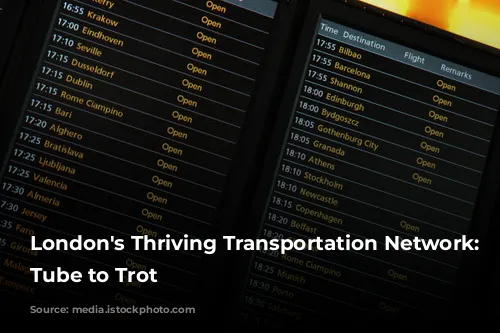
Ride-Sharing Options: Uber, Lyft, and Bolt
For those times when you prefer a ride-sharing option, Uber, Lyft, and Bolt all operate in London. You can request a ride through their respective apps, provided you have cellular service or Wi-Fi.
Bolt, while new to North America, is a popular choice in London. It often offers more competitive prices compared to Uber and Lyft. However, be aware that some users have reported longer wait times for Bolt rides in London than in other cities.
All three ride-sharing apps offer scheduled rides, which is particularly convenient for early morning airport transfers.
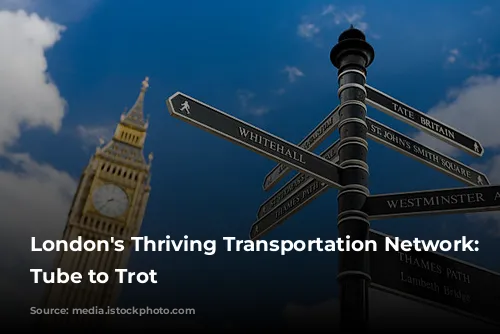
Beyond the Tube: Biking and Scooting Through London
London boasts an impressive network of bike paths that cater to both traditional bikes and scooters, including electric ones. However, remember that bikes and scooters are not allowed on sidewalks. For information about bringing bikes and scooters on public transportation, check the Transport for London (TfL) website.
While London offers bike and scooter rentals, walking or using public transportation often proves more convenient, especially for first-time visitors.
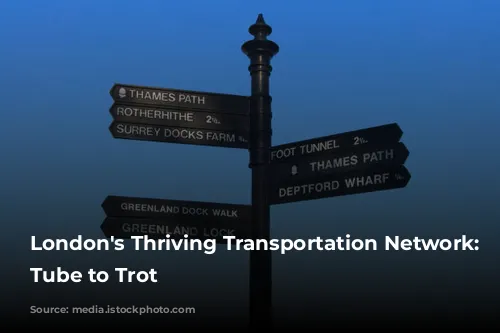
London’s Walkability: Embracing the Art of Strolling
London is a city made for walking. You’ll find countless people strolling along its streets, even in the rain.
Embrace the city’s walkable nature and discover hidden gems you wouldn’t have found otherwise. Whether you’re exploring bustling markets, wandering through charming neighborhoods, or simply enjoying the cityscape, walking allows you to experience London at a slower pace and appreciate its unique character.
